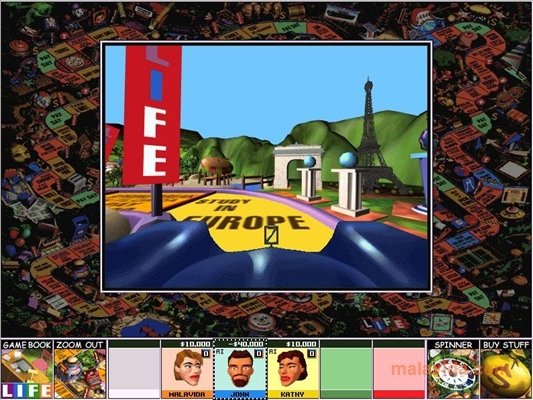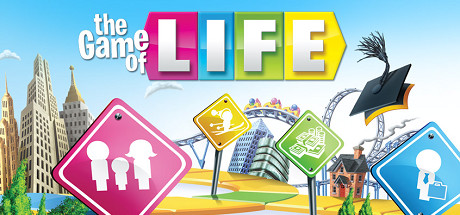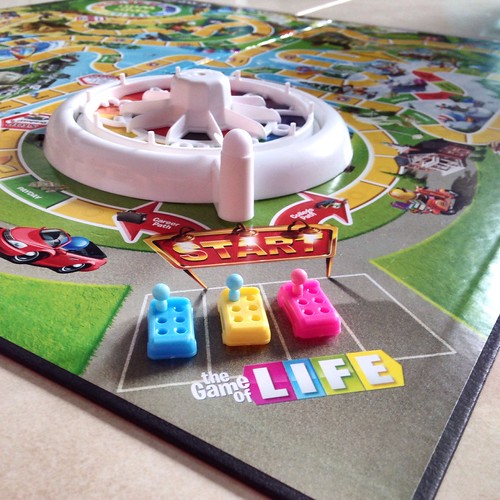

While Conway's Game of Life here on SilverGames doesn't involve direct player interaction, it captivates with its simplicity, elegance, and ability to simulate complex behaviors. It's a game of exploration and observation, as players witness the intricate and sometimes unexpected patterns that emerge from simple rules.
GAME OF LIFE PC
In Conway's Game of Life, players can observe the evolution of different patterns and experiment with initial configurations to see how they affect the outcome. Attend college, accept a job and play minigames in THE GAME OF LIFE on mobile, tablet and PC Set forth on a many-varied life path that is fun for the whole family. The game is often used as a tool for studying complex systems and exploring emergent behavior. These rules give rise to fascinating patterns and behaviors that unfold over time. The rules of the game are simple: based on the status of neighboring cells, each cell in the grid will either survive, die, or be born in the next generation. if a dead cell has exactly three neighbors it comes to life. if a living cell has less than three neighbors, it dies. The game has four basic rules: if a living cell has more than three neighbors, it dies. The game is played on a grid of cells, and each cell can be either alive or dead. The game of life is an evolutionary game for zero players, where the development of the game will depend on its initial state.

It is a zero-player game, meaning that the evolution of the game is determined solely by its initial configuration. In fact, a computer that calculates prime numbers has been designed within the Wireworld system.Conway's Game of Life is a classic cellular automaton and simulation game created by mathematician John Horton Conway. Components are relatively easy to combine and the capabilities of the automaton make it Turing-complete. Using these four simple rules, it is possible to design structures such as diodes (shown below), logic gates, and clock generators. Conductors (yellow) become electron heads if exactly one or two neighboring cells are electron heads. Electron heads (blue) become electron tails in the succeeding generation. Empty cells (black) always remain empty. Wireworld uses four possible cell states and has the following rules: Wireworld is a cellular automaton that simulates electronic devices and logic gates by having cells represent electrons traveling across conductors. "Demon" artifacts, as shown below, create these spirals and are constructed from adjacent groups of cells which constantly devour each other and create a rotating pattern. Two dimensional cyclic cellular automata typically result in spiraling patterns that eventually consume the entire grid. Cycles involving more than 4 colors tend to produce patterns that stabilize more quickly when compared to 3 or 4-color cycles. One dimensional cyclic cellular automata can be used to model particles that undergo ballistic annihilation.

Whenever a cell is neighbored by a cell whose color is next in the cycle, it copies that neighbor's color-otherwise, it remains unchanged. In cyclic cellular automata, an ordering of multiple colors is established. The Immigration Game and the Rainbow Game of Life can both be viewed and played here. Some investigations on the propagation of colors in the Rainbow Game of Life can be seen here. The Rainbow Game of Life is notable for being somewhat analogous to genetic properties spreading through a population of creatures. Thus, a cell which is born from two black cells and one white cell will have a dark gray appearance. The Rainbow Game of Life is similar to the Immigration Game, only newborn cells instead are colored based on the average color values of their parent cells.


 0 kommentar(er)
0 kommentar(er)
